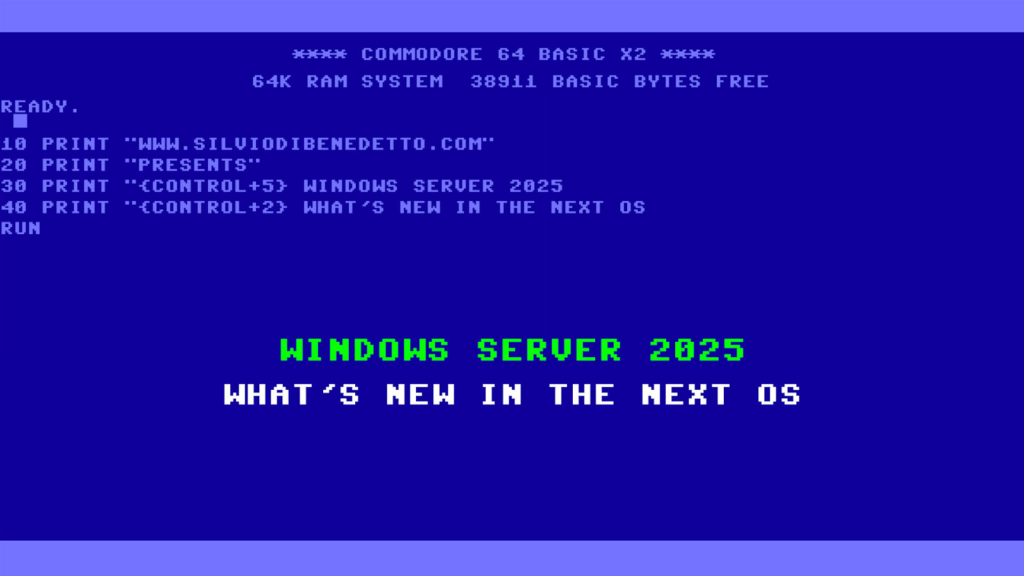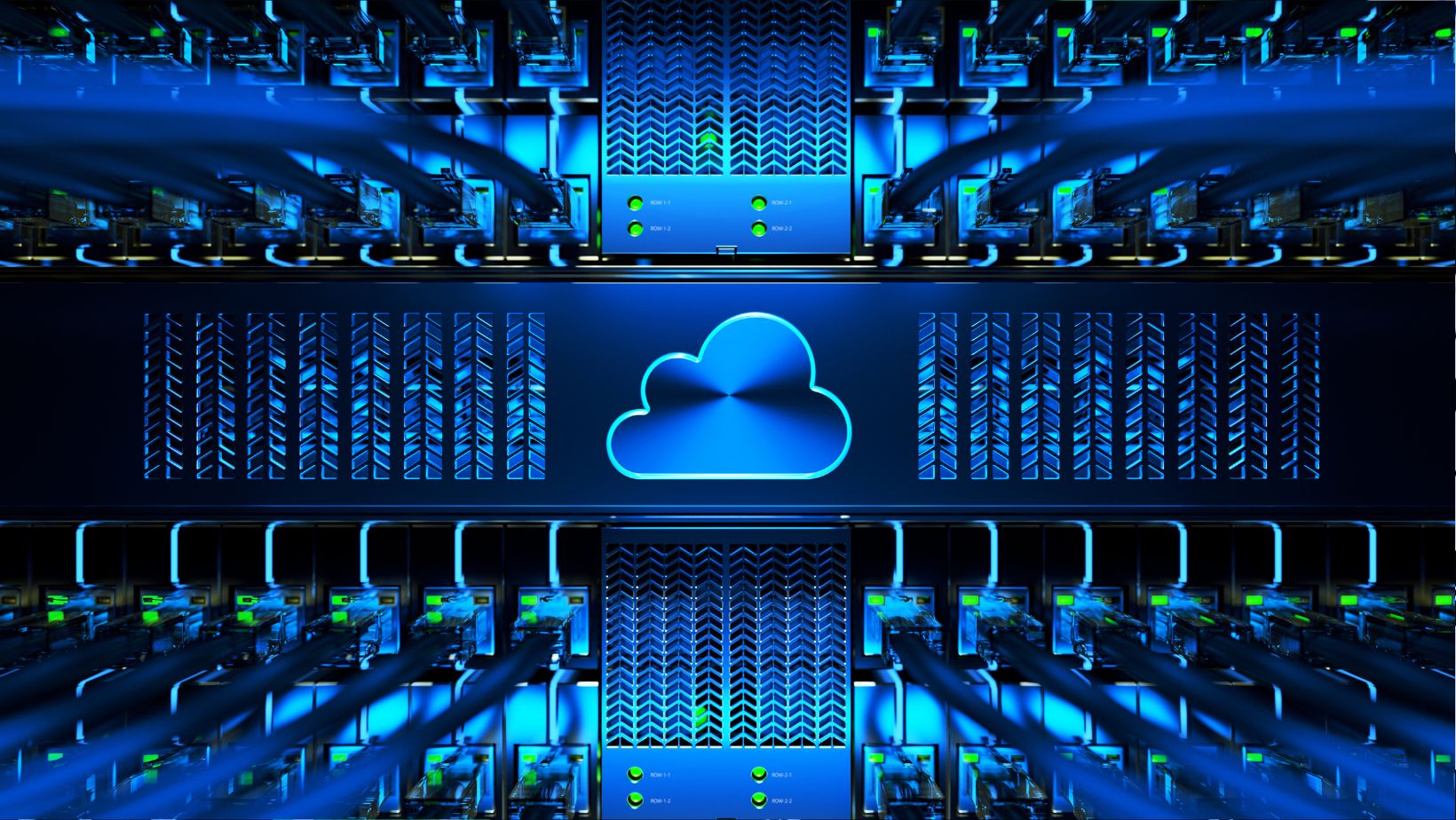Future Prospects and Innovations Expected in Windows Server 2025

Recently, Windows Server has undergone significant development, with each new version bringing substantial improvements for businesses and the IT industry. This server operating system forms the backbone of many enterprise applications, databases, web services, and other critical workloads. Let’s examine the prospects and innovations anticipated in the upcoming release of Windows Server 2025.
Enhanced Security and Data Protection
One of Microsoft’s primary priorities is ensuring maximum data protection for its clients. Data breaches, hacks, and ransomware attacks cause immense damage to businesses and undermine trust in digital technologies. In Windows Server 2025, we will see:
- New encryption mechanisms and threat protection measures to help organizations better safeguard their data from unauthorized access and leaks. Microsoft will continue to develop technologies like BitLocker, Secured-Core Server, and Shielded VM for comprehensive protection of servers, virtual machines, and confidential information.
- Expanded authentication and access control capabilities, providing more granular management of user rights and preventing potential risks. Improvements are expected in Active Directory, Windows Hello for Business, Privileged Access Management, and other identification and access control technologies.
- Integration with advanced cybersecurity solutions, enabling rapid incident response and minimizing damage from attacks. Windows Server 2025 will enhance interoperability with Microsoft Defender, Azure Sentinel, and third-party vendor solutions for threat detection, anomaly analysis, and incident response.
Improved Performance and Scalability
Modern servers must handle massive data volumes and withstand high loads. Delays and downtimes are unacceptable for business-critical applications. Therefore, improving performance and scalability remains a key priority for Microsoft. Windows Server 2025 will offer:
- Server optimization for high-load systems, increasing request processing speed and reducing latency.
- Support for the latest hardware technologies — processors, memory, and storage systems — maximizing the potential of modern hardware.
- Enhanced performance monitoring and management tools to promptly identify bottlenecks and optimize server operations.
Development of Hybrid Cloud Scenarios
The future lies in hybrid solutions that combine on-premises infrastructure and public clouds. This approach offers maximum flexibility, scalability, and cost-effectiveness for businesses. Windows Server 2025 will continue to advance in this direction and offer:
- Closer integration with Azure and other cloud platforms simplifies the construction and management of hybrid infrastructure. Improvements are expected in Azure Arc, Azure Stack HCI, and Windows Admin Center for seamless management of Windows Server across any environment — on-premises data centers, Azure, and multi-cloud environments.
- Capabilities for workload migration between on-premises and cloud environments, providing flexibility and adaptability to IT infrastructure. New versions of Azure Migrate, Storage Migration Service, and Database Migration Service will facilitate the transfer of virtual machines, containers, data, and databases between Windows Server and Azure with minimal effort and downtime.
- New services for hybrid scenarios, such as cloud backup, disaster recovery, and data synchronization. The integration of Windows Server 2025 with Azure Backup, Azure Site Recovery, Azure File Sync, and Azure StorSimple will ensure reliable data protection and availability in a hybrid infrastructure.
Support for Containerization and Microservices Architecture
Containers and microservices are key technologies for modern application development. They provide the flexibility, portability, and scalability needed in the era of digital transformation. Microsoft is actively enhancing container support in Windows Server, and in the 2025 version, we expect:
- Expansion of Windows Containers capabilities and closer integration with the Docker ecosystem.
Improvements in container performance, compatibility, and security are anticipated, as well as in isolation mechanisms (Hyper-V isolation) and integration with the Container Registry.
- Support for container orchestration with Kubernetes, simplifying the deployment and management of microservices applications. Windows Server 2025 will include improved versions of Kubernetes, optimized for Windows containers, and integrated with Azure Kubernetes Service (AKS) for hybrid scenarios.
- New tools for developing and debugging containerized applications directly on Windows Server. Enhanced integration with Visual Studio, Visual Studio Code, and support for remote debugging, logging, and monitoring of containers and microservices are expected.
New Opportunities for Virtualization and VDI
Virtualization remains an indispensable technology in modern IT. Windows Server 2025 will offer:
- Increased density of virtual machines and containers on physical servers, improving resource utilization efficiency.
- Improved performance and compatibility of virtualized applications through new hardware virtualization technologies.
- Development of remote access and virtual desktop features, such as Remote Desktop Services and FSLogix, expanding VDI use cases.
Integration with Modern Trends and Technologies
Today’s IT landscape is rapidly evolving, and Windows Server must keep pace with the times. In the 2025 version, we expect:
- Support for the Internet of Things (IoT) and edge computing, opening new possibilities for data collection and processing from devices.
- New tools for working with big data and advanced analytics directly on the server.
- Compatibility with blockchain platforms and decentralized applications, enabling their integration into corporate infrastructure.
Windows Server 2025 promises to be a significant leap forward, bringing numerous innovations for the digital transformation of enterprises. Enhanced security, performance, flexibility, and integration with current technologies are the key priorities of the new release.
Of course, this is only a preliminary forecast based on current trends. However, it is already clear that Microsoft will continue to develop its flagship server OS in line with the realities and demands of the corporate market. We only need to wait for the official announcement to see the new capabilities of Windows Server 2025 with our own eyes!




 Improvements in container performance, compatibility, and security are anticipated, as well as in isolation mechanisms (Hyper-V isolation) and integration with the Container Registry.
Improvements in container performance, compatibility, and security are anticipated, as well as in isolation mechanisms (Hyper-V isolation) and integration with the Container Registry.
 QR Codes and the Technology Driving Smarter Customer Journeys
QR Codes and the Technology Driving Smarter Customer Journeys  If AI Is the New Search Engine, Your Content Needs to Evolve
If AI Is the New Search Engine, Your Content Needs to Evolve  How Much Does Minecraft for Nintendo Switch Cost and What’s Included
How Much Does Minecraft for Nintendo Switch Cost and What’s Included